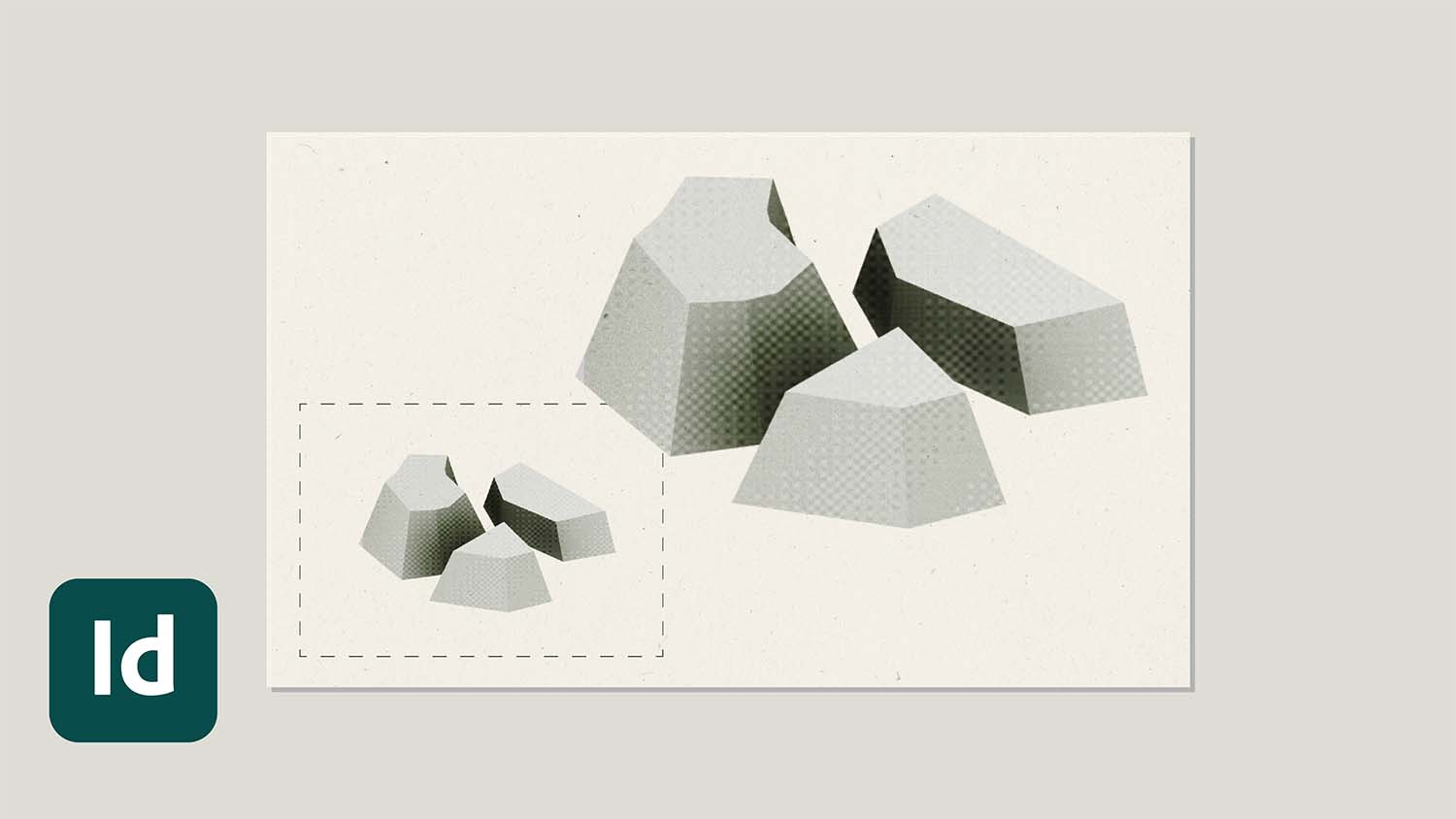Images and references

Why do we reference image files?
Referencing, or ‘linking’ to an image file on your computer is beneficial for several reasons:
- InDesign remains fast and responsive to use.
- The latest version of each image file is used — if you replace an image file it will update in InDesign.
- You can reference the highest quality original file, and let InDesign compress the images when exporting a PDF.
Be careful when referencing images
The benefits of referencing images are significant, but you should keep in mind:
- If you delete an image file the ‘link’ to the image will be broken and it will not display in InDesign.
- If you move an image file to a new location on your computer, the ‘link’ to the image will be broken and it will not display in InDesign.
How to import an image into InDesign
To reference a new image into InDesign, you need to 'Place' it into the document:
- Go to the File menu → Place.
- Alternatively, press CMD + D on a Mac, or CTRL + D on a PC.
- Locate your image file and click Open.
- Click and drag your cursor to position and size your image.
- Alternatively you can single-click anywhere on the page.
Understanding images inside Image Frames
When you reference an image into InDesign, the image is placed inside a ‘frame’. If you resize the image frame (by clicking and dragging the grip points) you are not resizing the image inside it. To resize both the image and the image frame proportionally:
- Hold CMD + Shift on a Mac, or CTRL + Shift on a PC, and click and drag a grip point.
Change the Image Frame fitting
You can modify the way in which the image fits to its image frame:
- Right click on an Image Frame.
- Go to Fitting.
- Select your desired option.
- A common fitting is to Fill Frame Proportionally.
What is the link badge?
You can tell if an image in your document is referenced / linked to a file by the chain-link icon in the top left of the frame.
Locating the Links panel
All of the images referenced into InDesign should appear as ‘links’ in your Links panel.
- Open the Links panel by going to the Window menu → Links.
Link errors and relinking to files
The Links panel will show you all of the links inside your document. If you click on a link it will display relevant information. If there is an issue with a file it will show here. If you have moved or deleted a file, you can ‘relink’ the file:
- Locate the file in the Links panel.
- Right click the Link.
- Select the Relink option.
- Locate the file on your computer and click Open.
How to organise your files
The biggest issue with referencing images into InDesign is misplacing or accidentally deleting your original files. Our recommended best practice is:
- On your computer, create a folder specifically for your portfolio.
- Save your InDesign file inside this main folder.
- Create two sub-folders, one called Links and another called PDF exports.
- Make sure to save all of your files inside the Links folder to avoid misplacing them.
- When exporting PDFs, make sure to save them inside the PDF exports folder, with a logical file name, to avoid misplacing them.


